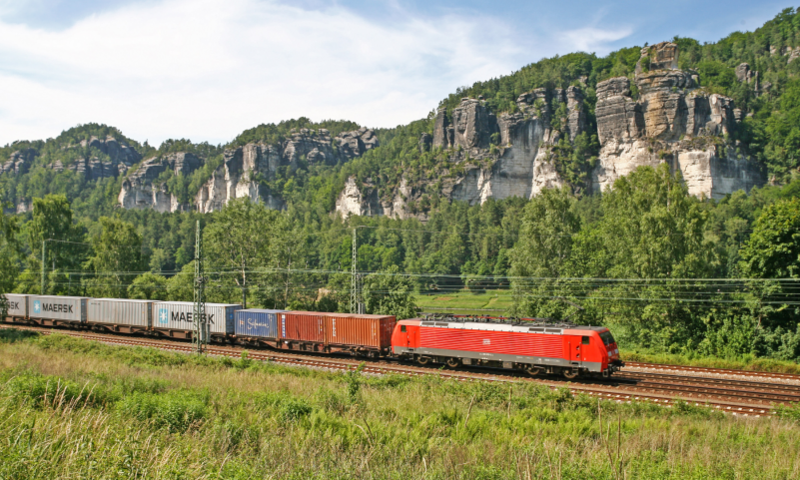DB and SŽ share and apply their experience
With the construction of the new Dresden-Prague line, state-of-the-art noise protection will be installed alongside the railway lines.We are aware of the concerns of residents around the line about noise and vibrations. On both sides of the border, we fully respect the legal frameworks set by local legislation. For Germany, this framework is given by the 16th Amendment of the Federal Immission Control Act (BlmSchG), which must be applied to all new or upgraded railway lines.

In the Czech Republic, the legal framework is determined by Government Regulation No. 433/2022 Coll., on the protection of health against the adverse effects of noise and vibration.
The use of modern technology
The combination of all possible measures and the dialogue with the citizens of the municipalities and towns concerned will result in the maximum possible attenuation of both noise and vibration.
Noise
In both countries, all noise abatement measures are, and will be, consulted with both municipal officials and the public before implementation. Noise studies are and will be carried out to show the necessary extent of the noise measures to be implemented before the start of operations.
The noise generated by the operation of a high-speed line is of a different nature to that generated by a conventional line. Most of it is generated by aerodynamic drag at high speed.
Due to the use of new technology both in the laying of the track and in the manufacture of the chassis of high-speed trains, the mechanical noise which we all know from conventional trains for many years, will be suppressed.
Above that, noise protection measures of two kinds are available for the protection of people and environment: Active measures, which include noise barriers, walls and green belts, and passive measures, such as for instance soundproof windows.
The investigations on noise and vibration protection are already in progress.
Vibration
Similar to noise, vibrations from soil are perceived by residents as a potential risk. The design of the high-speed line itself, the use of rail dampers, elastic sub-ballast mats, bridge dampers or damping foils will reduce the load.
Soil and subsoil surveys have been and will continue to be carried out on both sides of the border to indicate the potential extent and transmission of vibrations in the soil. Depending on the results, measures will be implemented to prevent the propagation of vibrations in the soil before the start of operations on the line. In collaboration with local municipalities, it will always be tailored to the specific site to achieve maximum effect.


